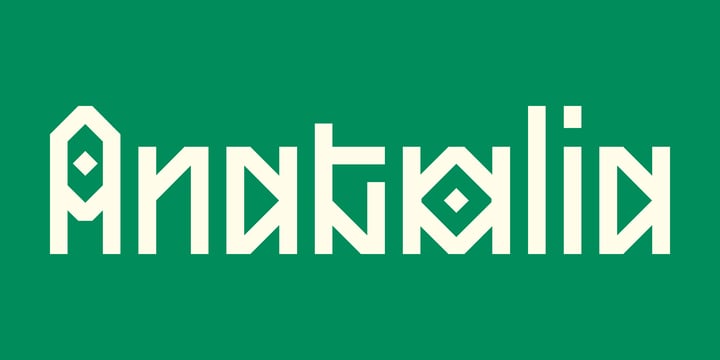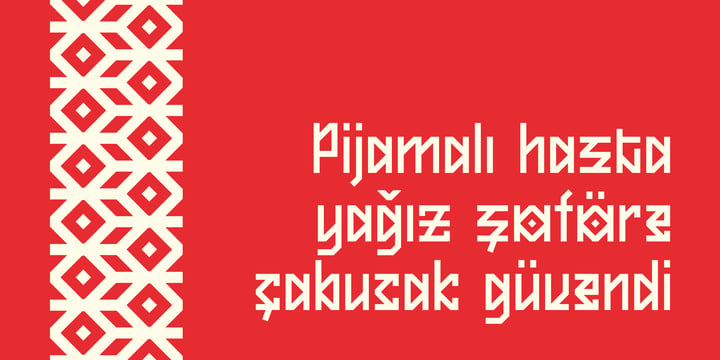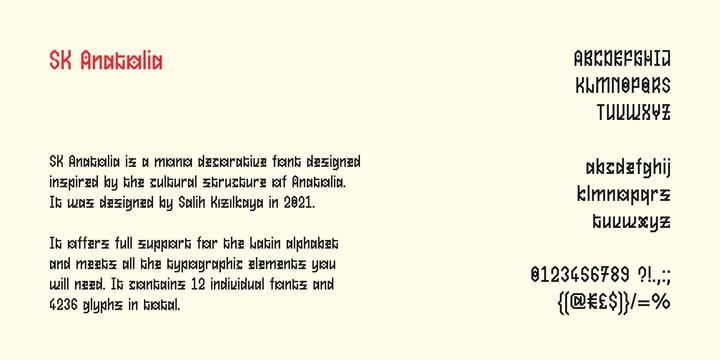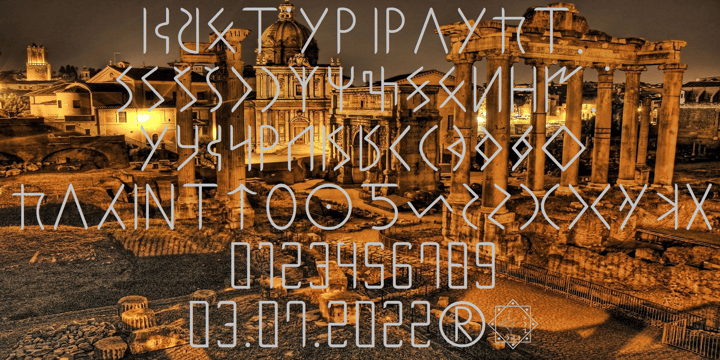 |
| Ongunkan Sidetic Font Family was designed by Osman Nuri ALKAN, and published by Runic World Tamgacı. Ongunkan Sidetic contains 1 styles and family package options. |
Showing posts with label anatolia. Show all posts
Showing posts with label anatolia. Show all posts
About Ongunkan Sidetic Font Family
The Sidetic language is a member of the extinct Anatolian branch of the Indo-European language family known from legends of coins dating to the period of approximately the 5th to 3rd centuries BCE found in Side at the Pamphylian coast, and two Greek–Sidetic bilingual inscriptions from the 3rd and 2nd centuries BCE respectively. The Greek historian Arrian in his Anabasis Alexandri (mid-2nd century CE) mentions the existence of a peculiar indigenous language in the city of Side. Sidetic was probably closely related to Lydian, Carian and Lycian.The Sidetic script is an alphabet of the Anatolian group. It has about 25 letters, only a few of which are clearly derived from Greek. Consensus is growing that the script has essentially been deciphered.
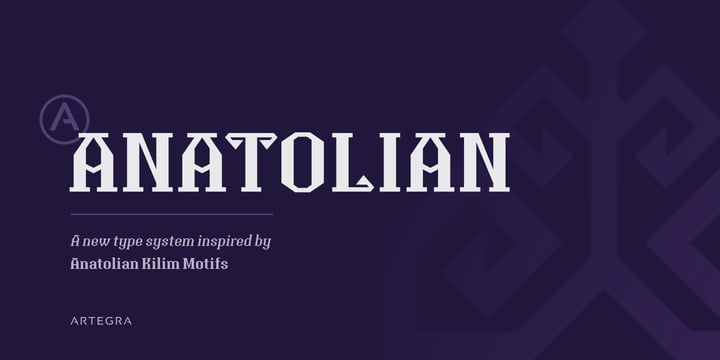 |
Anatolian typeface was designed with inspiration from the traditional Anatolian kilim motifs and symbols that characterize Turkish culture. Motifs and design elements that has been used for centuries on carpets now found place in a typeface as serifs. It was exciting to see how these old design elements would turn into a modern font that would be applicable for modern designs.
The result was the Anatolian typeface; a purely Anatolian display family that is surprisingly readable as a text font also. Carefully designed proportions and serifs allowed this legibility while standing out as a unique typeface. This new type system would work great in branding, advertising, packaging and many other design areas whether traditional or modern.
